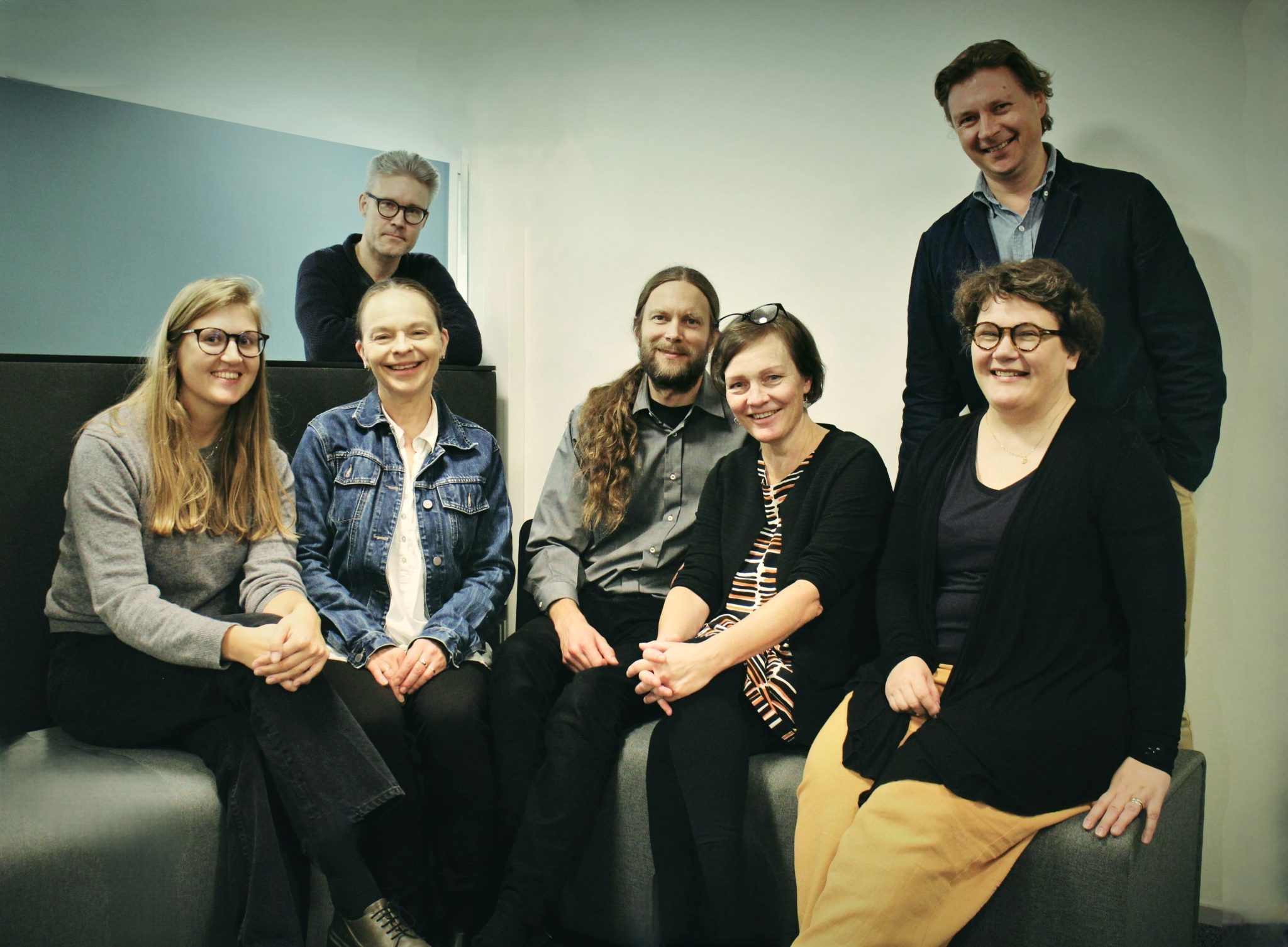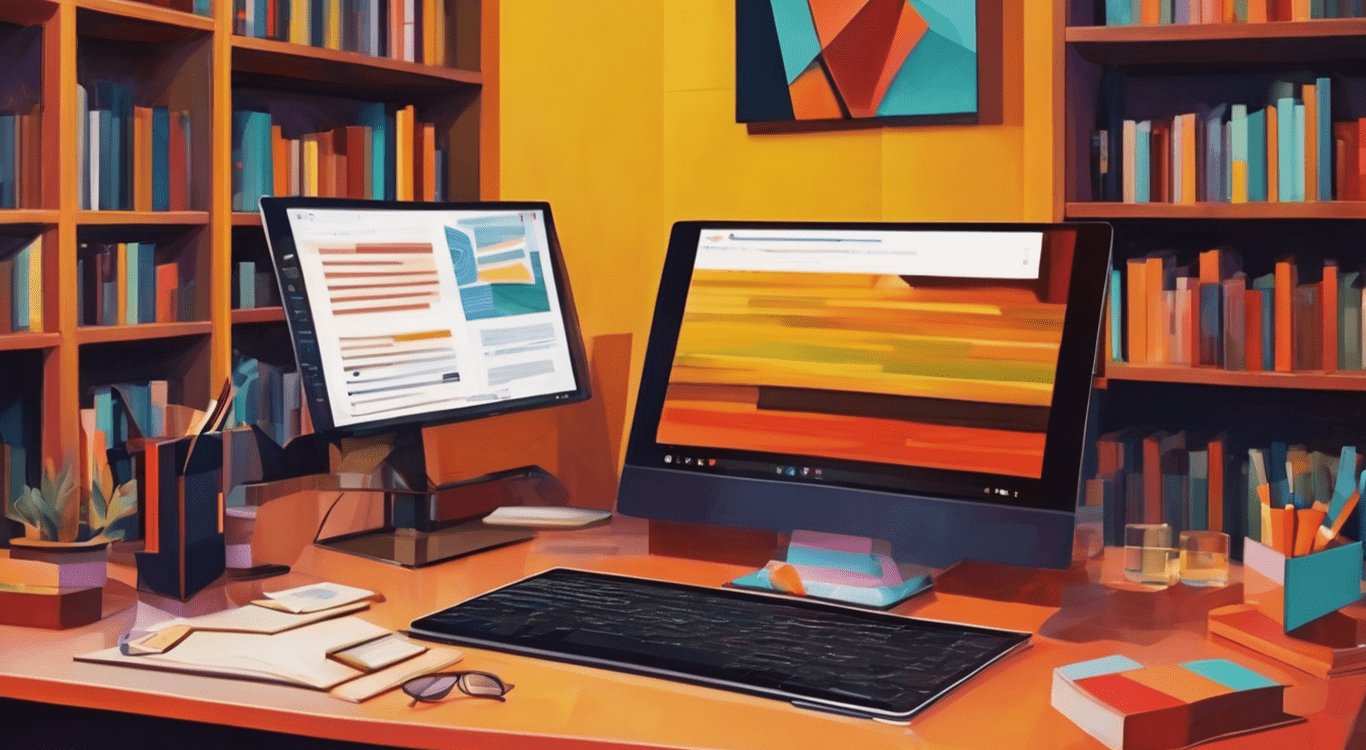Digital History for Literature in Finland
The consortium project aims to use digital collections and methods to significantly expand the prevailing conception of Finnish literature history. In a joint project by the National Library of Finland, University of Turku and the University of Eastern Finland we will map Finnish and Swedish language 19th century fiction into an enriched format that permits large scale statistical analyses and the design of reproducible data science workflows.
Goal and tasks
The goal of the consortium is to map and analyze 19th century Finnish fiction literature published as books, based on bibliographic metadata in the national bibliography Fennica. The project will examine literature that has been given less attention both quantitatively and qualitatively, and which earlier research has not highlighted. This literature has been hidden below the tip of the “iceberg”; we will map and research what the French researcher Margaret Cohen calls the “great unread”.
The consortium differs from earlier research on Finnish literary history by making use of digital collections and new methods in data science, which enable the use of the collection as a whole. We will write data rich literary history: by combining distant and close reading, we strive to produce new knowledge and approaches towards Finnish literary history. The project will concentrate on the so called “long 19th century”: literary production during the years 1809-1917, when the Grand Duchy of Finland was an autonomous part of the Russian Empire.
The consortium project consists of three subprojects:
WP 1: Literary history (University of Eastern Finland, Philosophical Faculty, School of Humanties, PI Kati Launis and researchers Aino Mäkikalli, Viola Parente-Čapková and Veli-Matti Pynttäri)
WP 2: Data science (University of Turku, Department of Computing, PI Leo Lahti)
WP 3: Digital resources (National Library of Finland, PI Osma Suominen)
We ask, what kind and how much of fiction was published during the 19th century. What kind of changes and writing practices emerge? What kind of forgotten phenomena and works can we discover? What do lists of literature tell us about changes in authorship, publication languages, publishing and titles? We will also examine how data science methods can improve our understanding of literary history and how it’s told, and how reliable the information can be. Apart from literary history, the project will produce open research data and data science methods for use by the research community and the public.
The abbreviation DHL-FI is sometimes used to refer the project.
Influence
The project will result in new open research methods and data sets as well as new knowledge about Finnish literary history, which will benefit both researchers and the public.

